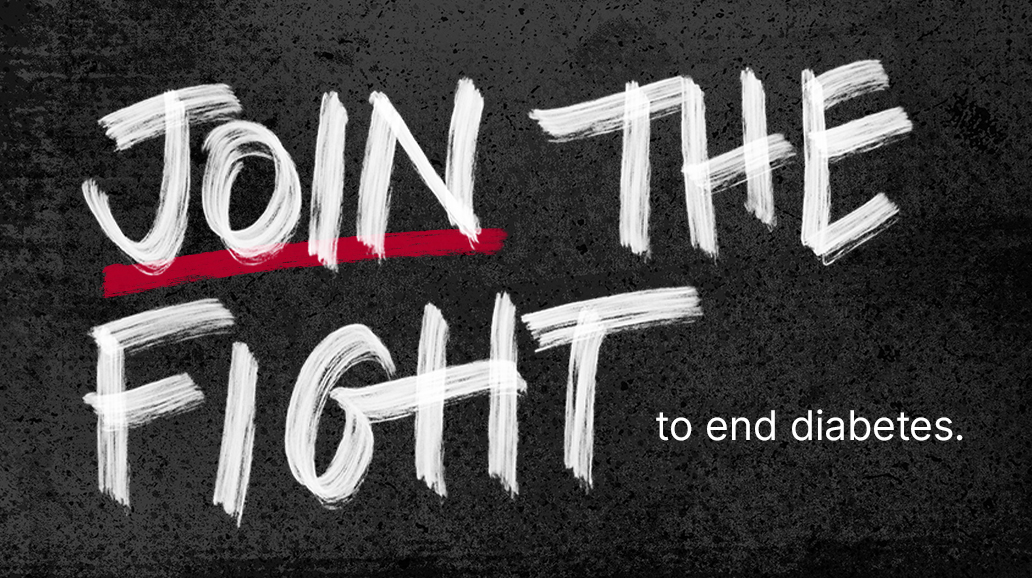What Can I Bring With Me on the Plane
Am I allowed to bring my diabetes supplies with me on the plane?
Yes. TSA specifically states that diabetes-related supplies, equipment and medications, including liquids, are allowed through the checkpoint once they have been properly screened by X-ray or hand inspection. Passengers should declare these items and separate them from other belongings before screening begins.
What are some general tips as I prepare to travel?
- Arrive at the airport 2-3 hours prior to flight
- Review TSA's website for travel updates
- Download My TSA Mobile App
- Whenever possible, bring prescription labels for medication and medical devices (while not required by TSA, making them available will make the security process go more quickly)
Consider printing out and bringing an optional TSA Disability Notification Card.
- Pack medications in a separate clear, sealable bag. Bags that are placed in your carry-on-luggage need to be removed and separated from your other belongings for screening.
- Keep a quick-acting source of glucose to treat low blood sugar as well as an easy-to-carry snack such as a nutrition bar
- Carry or wear medical identification and carry contact information for your physician
- Pack extra supplies
- Be patient with lines, delays, and new screening procedures
What are some examples of items that are permitted through security?
- Insulin and insulin loaded dispensing products (vials or box of individual vials, jet injectors, biojectors, epipens, infusers and preloaded syringes)
- Unlimited number of unused syringes when accompanied by insulin or other injectable medication
- Lancets, blood glucose meters, blood glucose meter test strips, alcohol swabs, meter-testing solutions
- Insulin pump and insulin pump supplies (cleaning agents, batteries, plastic tubing, infusion kit, catheter and needle)—insulin pumps and supplies must be accompanied by insulin
- Glucagon emergency kit
- Urine ketone test strips
- Unlimited number of used syringes when transported in Sharps disposal container or other similar hard-surface container
- Sharps disposal containers or similar hard-surface disposal container for storing used syringes and test strips
- Liquids (to include water, juice or liquid nutrition) or gels
- Continuous blood glucose monitors
- All diabetes related medication, equipment, and supplies
Do I need to have my prescription with me?
While TSA does not require you to have your prescription with you, having it may expedite the security screening process if you are subject to additional screening.
What if my insulin, liquids, and gels are more than 3.4 ounces?
- Despite the general rule prohibiting passengers from bringing most liquids and gels through security, people with diabetes may take their insulin, other medications such as Smylin, Byetta, and Glucagon, and other liquids and gels, including juice and cake gel, through TSA checkpoints, even if they are in containers greater than 3.4 ounces.
- Although TSA does allow multiple containers of liquid or gel to treat hypoglycemia, as a practical matter you may want to consider alternative forms of carbohydrates, including glucose tablets, hard candy, or raisins.
- All medical liquids in containers greater than 3.4 ounces must be removed from your carry-on luggage and declared to TSA. They should not be placed in the quart-sized zip-top bag used for non-medical liquids.
- Under normal conditions, insulin can safely pass through X-ray machines at airport terminals. If you have concerns about X-rays, you can request hand inspection.
- Also, insulin never should be placed in checked baggage. It could be affected by severe changes in pressure and temperature. Inspect your insulin before injecting each dose. If you notice anything unusual about the appearance of your insulin or you notice that your insulin needs are changing, call your doctor.

Give Today and Change lives!
With your support, the American Diabetes Association® can continue our lifesaving work to make breakthroughs in research and provide people with the resources they need to fight diabetes.


